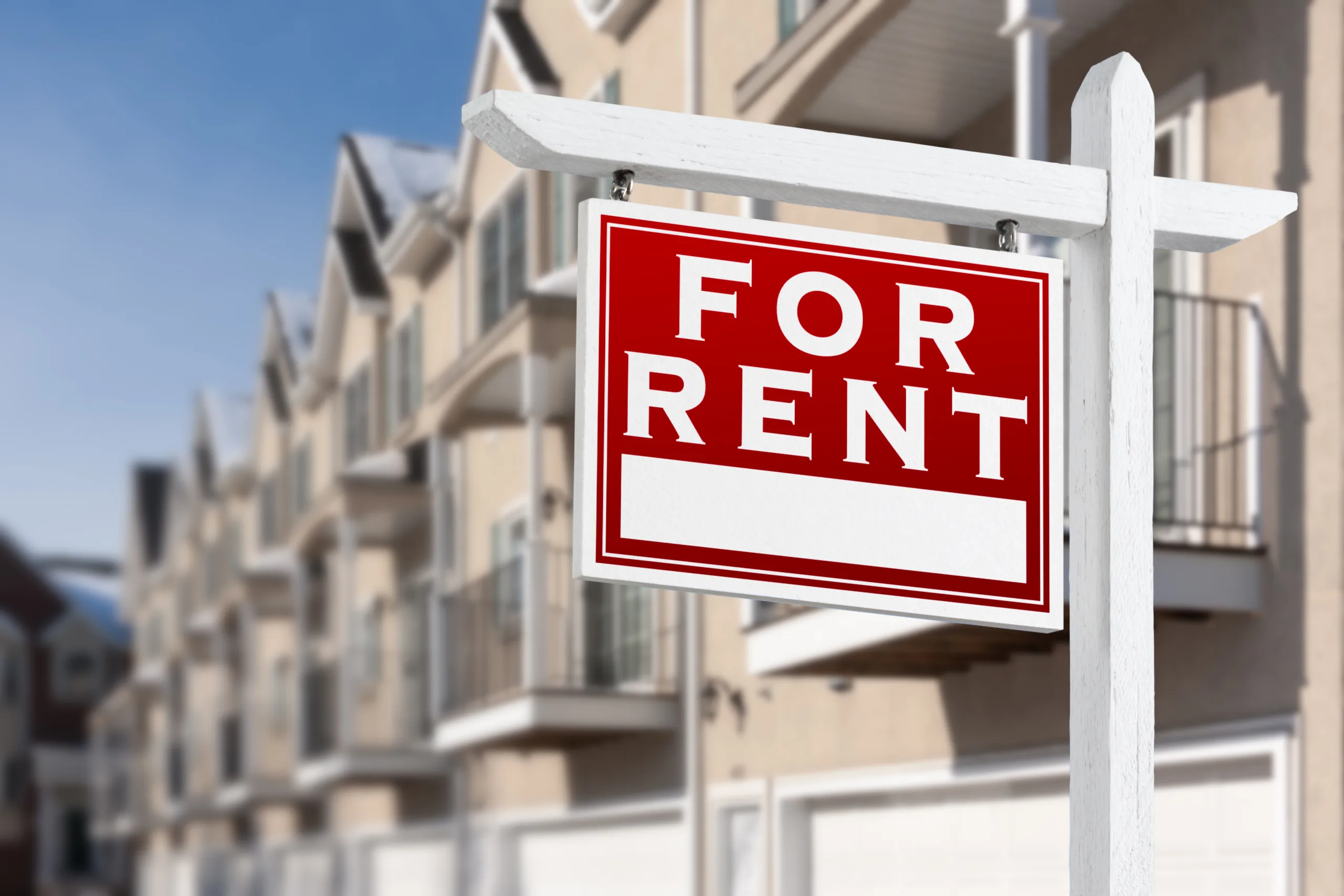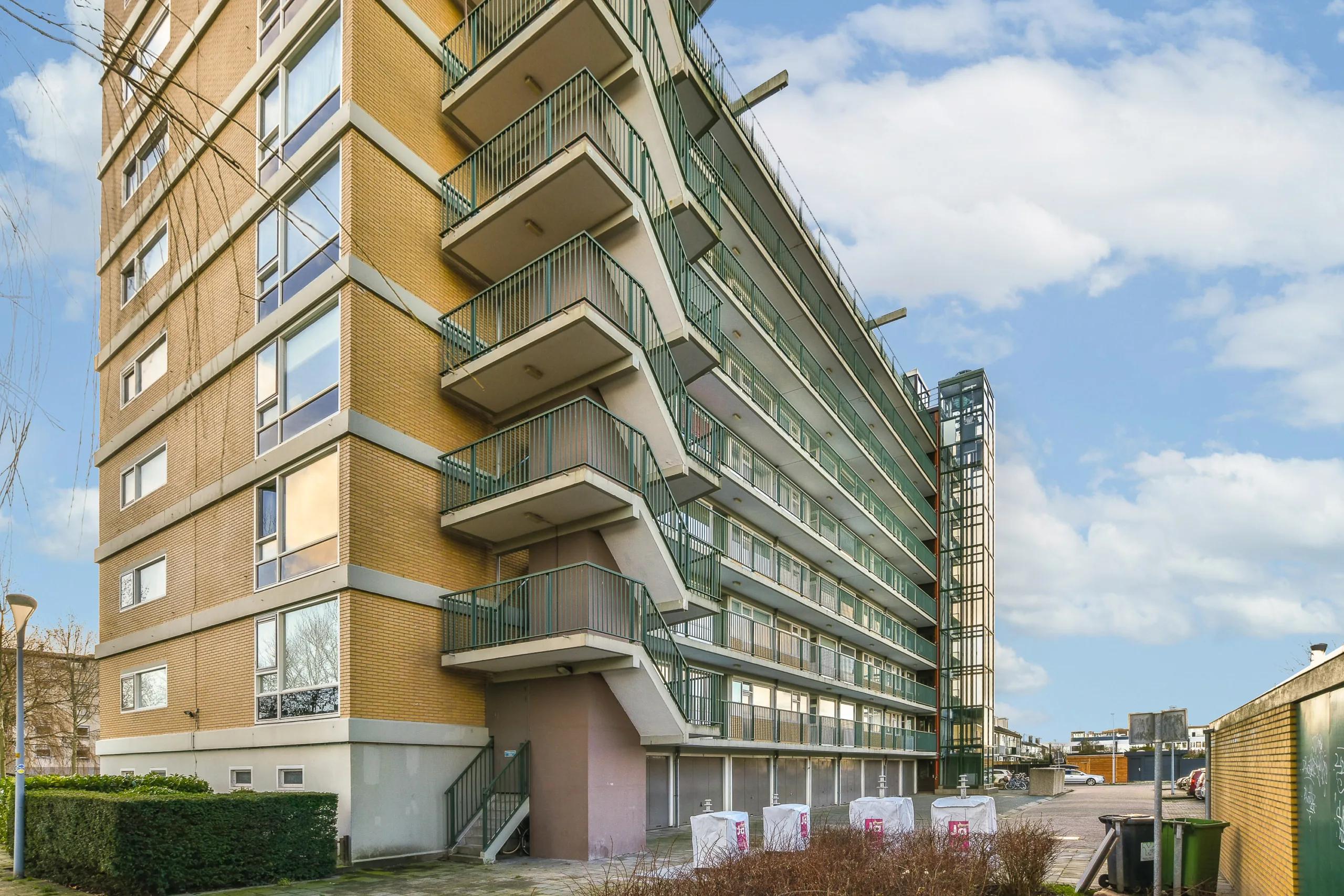- Institutional purchases of single-family rentals (SFRs) have slowed as borrowing costs reduce returns, yet their buying power still holds prices up.
- Inventories are rising from resales, relocations, and new construction, creating price pressure, especially in Sun Belt markets where builders are offering discounts.
- Even with lighter activity, institutional buyers distort price trends, keeping values higher in some areas and sidelining typical buyers.
The Big Picture
Investor demand for single-family rentals surged in recent years but is now cooling, per Globe St. Ivy Zelman, EVP of research at Zelman (a Walker & Dunlop Company), said many operators have paused buying as financing costs rise. At the same time, more supply is hitting the market from new construction and build-to-rent deals.
Market Reshuffling
Despite buying less, investors still have the edge. Bulk deals and easier access to capital allow them to secure properties that regular buyers cannot. “They have better buying power today than consumers do that are stretched and affordability is so elevated,” Zelman explained.
Inventory Pressure
More homes are listed as owners sell second properties or relocate for work. Builders are also adding to supply, especially in the Sun Belt, and are offering concessions to boost sales. In these areas, new home prices are down about 4% net, which includes incentives. Both the single-family and multifamily markets are facing these price headwinds.
Get Smarter about what matters in CRE
Stay ahead of trends in commercial real estate with CRE Daily – the free newsletter delivering everything you need to start your day in just 5-minutes
Investor Influence
Even with fewer purchases, institutional buyers continue to shape prices. Some operators are trimming portfolios—one listed thousands of Midwestern homes, with about half bought by other investors. Sellers with no urgency are holding prices up in many submarkets, slowing the normal reset of values.
Looking Ahead
Zelman expects only a modest 0.8% national home price drop in 2026. But the picture will vary widely across regions. Affordability, inventory turnover, and investor capital will drive the near-term outlook.
Why It Matters
Institutional buyers may be less active, but their financial strength still sets a price floor. For commercial real estate investors, this means the SFR market will remain shaped by capital-rich players, even during a broader correction.


















